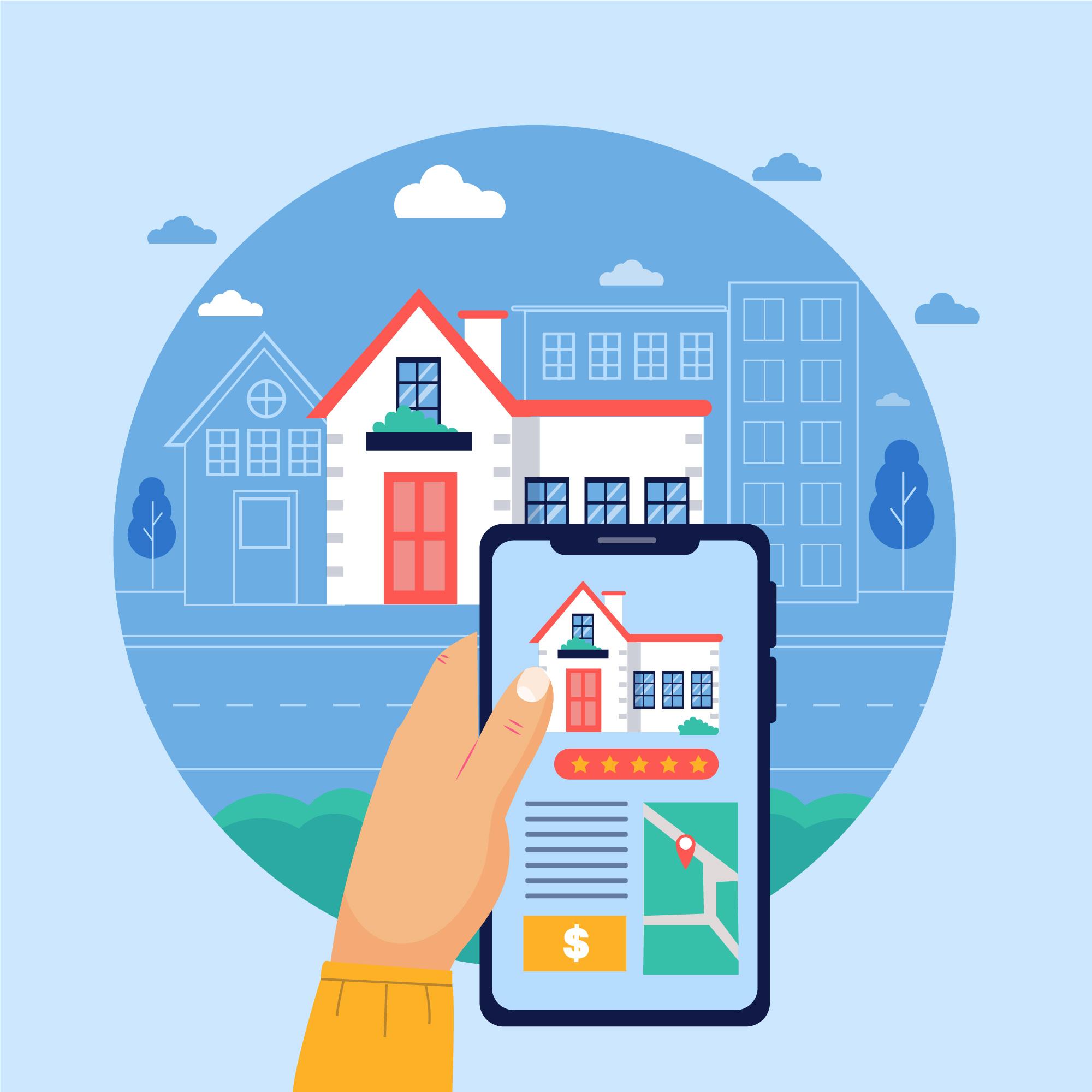Physical Address
304 North Cardinal St.
Dorchester Center, MA 02124


Global Blog Planet


Global Blog Planet


In the rapidly evolving world of real estate, app development has become a critical factor for real estate companies and agents looking to enhance user engagement, improve client relationships, and streamline business operations. With the rise of smartphones and mobile-first experiences, developing a high-quality real estate app is more than a trend—it’s an essential strategy to remain competitive in the industry.
This article delves deep into real estate app development, offering a comprehensive guide for real estate companies, entrepreneurs, and developers looking to create a top-performing real estate mobile app.
The real estate industry has traditionally been slow to adopt technology. However, with the surge in smartphone usage, buyers and sellers now demand a seamless, mobile-first experience. Real estate mobile apps provide convenience, enabling users to access property listings, schedule viewings, and connect with agents—all from the palm of their hand. Let’s examine some of the key benefits:
A well-designed real estate app creates a personalized experience, allowing users to browse property listings based on their preferences, such as location, budget, and property type. Through the use of filters, maps, and virtual tours, users can explore properties remotely, saving time and increasing engagement.
Real estate agents benefit immensely from mobile apps. Features like automated lead management, in-app messaging, and client tracking help streamline the sales process, reduce manual work, and improve productivity. An app can even send real-time notifications for inquiries or property availability, ensuring agents can respond promptly.
A mobile app provides an opportunity to reach a broader audience. By integrating social sharing features, real estate companies can drive more visibility to their listings, while push notifications help maintain ongoing communication with users about new listings, price drops, or exclusive offers.
Building a real estate app involves incorporating several essential features that cater to both user and agent needs. Here’s a breakdown of the most important ones:
At the core of any real estate app is its property listing feature. These listings should include detailed property descriptions, high-resolution images, videos, and virtual tours. Users should be able to filter and sort properties by criteria like location, price, square footage, and amenities.
An intuitive search system is critical for user satisfaction. Advanced filters that allow users to search by property type, number of bedrooms, proximity to schools, or even pet-friendliness, will make your app stand out. Geolocation-based search is also a must, enabling users to find properties near their current location.
Maps provide a visual overview of property locations. By integrating Google Maps or other map services, users can view properties relative to landmarks, public transport, and other important amenities. Additionally, features like street view allow for virtual exploration of the neighborhood.
With the advent of 3D property tours, users can view properties from every angle without having to visit in person. This feature has become increasingly important, particularly in a post-pandemic world where virtual experiences are preferred.
Keeping users engaged requires timely and relevant updates. Push notifications can inform users of new property listings, price reductions, or upcoming open houses. These alerts ensure that users don’t miss out on opportunities.
To enhance user-agent interaction, integrating an in-app chat or messaging system is crucial. Users can ask questions, request property tours, or negotiate deals without leaving the app. This feature significantly enhances the user experience and boosts conversion rates.
A mortgage calculator allows users to estimate monthly payments based on down payments, interest rates, and loan terms. This helps potential buyers understand their financial commitments and improves decision-making.
Allowing users to schedule property viewings directly through the app simplifies the process for both parties. Calendar integration and reminders can help users manage appointments, while agents can keep track of their schedules efficiently.
Choosing the right technology stack is vital for creating a scalable and efficient real estate app. The following are some of the core technologies to consider:
For the user interface (UI) and experience (UX), popular frameworks include React Native and Flutter. These frameworks allow for cross-platform app development, meaning a single codebase can serve both iOS and Android users.
The back-end manages the database, user authentication, and core app logic. Popular languages and frameworks for back-end development include Node.js, Ruby on Rails, and Python. For databases, consider using PostgreSQL or MongoDB, both of which are scalable and handle large datasets efficiently.
Real estate apps often require integration with third-party services, such as MLS (Multiple Listing Service), Google Maps, and payment gateways for transactions. Using reliable APIs ensures your app can offer a wide range of functionalities without compromising on performance.
Cloud services like Amazon Web Services (AWS), Google Cloud, or Microsoft Azure are ideal for hosting real estate apps. These platforms provide scalable solutions, allowing your app to grow as user demand increases.
The cost of developing a real estate app depends on various factors such as app complexity, features, and development time. On average, a basic real estate app may cost between $20,000 to $50,000, while more advanced apps with extensive features like 3D tours and in-app chat can range from $50,000 to $150,000.
Here’s a quick breakdown of the cost influencers:
While developing a real estate app offers many advantages, it also comes with certain challenges:
Real estate apps handle sensitive information like financial details and personal data. Ensuring robust data security through encryption, two-factor authentication, and compliance with regulations like GDPR is essential.
Managing large amounts of property data can be complex. Integrating with multiple listing services (MLS) requires constant data synchronization to ensure that property listings are always up-to-date.
Real estate apps, due to their heavy data usage—images, videos, maps—require optimal performance. Using cloud-based solutions and optimizing media content can help prevent lags and crashes, ensuring a smooth user experience.
In today’s competitive market, real estate app development is an opportunity for businesses to innovate and thrive. With features like advanced search options, virtual tours, and in-app communication, a well-built app can enhance the user experience and drive higher engagement. The right technology stack, combined with attention to user needs, can make all the difference in creating a successful app that stands out from the competition.